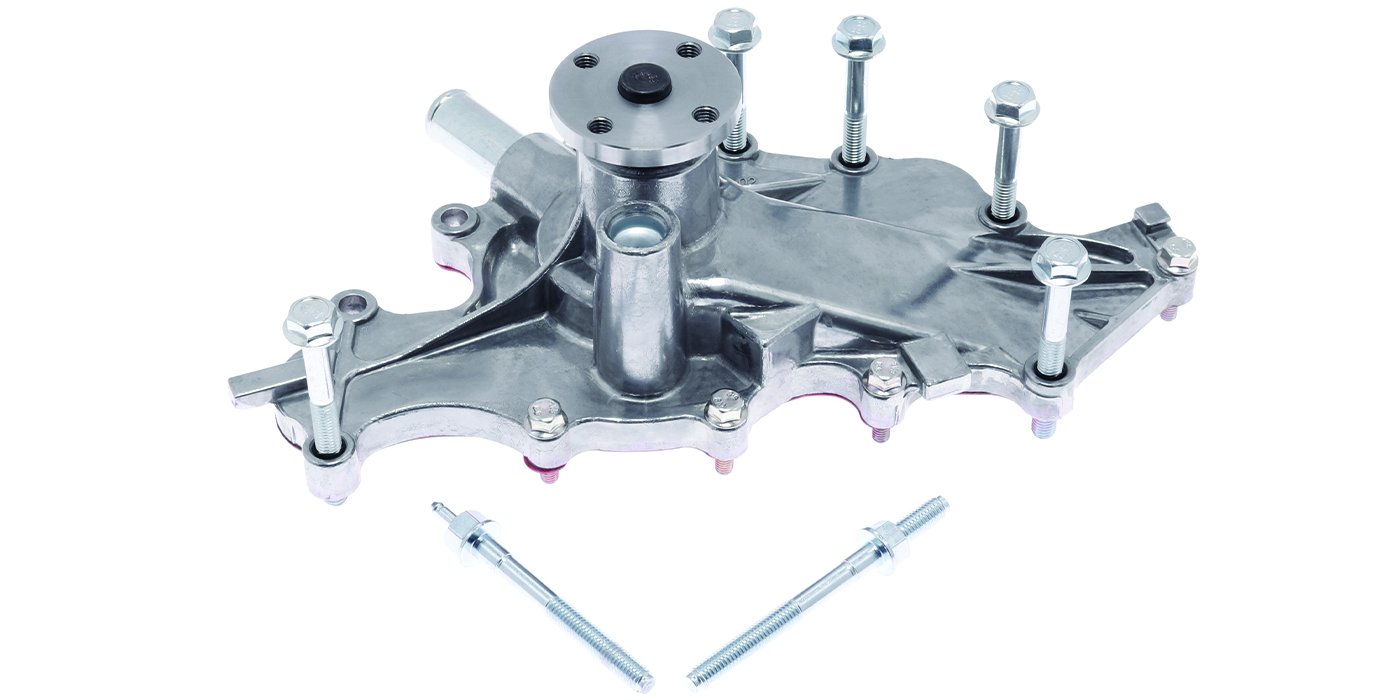Application
All water-cooled automotive engines.
Problem
Reduced water pump service life, repeated bearing or seal failure, poor performance.
Cause
Using water only, the wrong coolant, an improper mixture, contaminated coolant, depleted coolant, or poor water quality can result in corrosion and seal damage, leading to premature water pump failure.
Solution
Engine coolants come in various colors and chemical formulations. Manufacturers color their coolants, not only to differentiate between the types, but to also prevent mixing coolants that result in degraded performance and compromised protection of cooling system components. Also, new coolant may be degraded if the correct coolant/water mix (typically 50/50) is not followed or if there are excessive contaminants in the system. Always refer to the vehicle service manual for the correct coolant and mixture for the vehicle.
The importance of the water quality must not be underestimated. Dirty water leaves mineral deposits in the cooling system, which reduces coolant flow. Even clean tap water contains chlorine and chloride, which are corrosive to aluminum if not mixed with the proper coolant. NEVER USE WATER ONLY. Contaminated water (either from the source or from engine cross-contamination) affects the electrolytic properties of the water, which directly affect temperature-sensing components, now such a critical component of late-model vehicles. Contamination can also cause impeller cavitation which effects pump performance and durability.
Installation Tips
• Flush the cooling system. Remember to service the coolant recovery reservoir.
• Check fan and/or clutch. The number one cause of shaft breakage is an out-of-
balance fan (missing, broken or bent blades) or defective fan clutch.
• Check radiator cap and thermostat. Be sure airflow though radiator is unrestricted.
• Torque mounting bolts to the manufacturer’s specifications.
• Adjust belts to the proper tension, check belt tensioner (as applicable).
• Pressure test the system for leaks.
Note:
Please refer to your vehicle’s service manual for specific diagnostic instructions. This ProTech bulletin is supplied as technical information only and is not an authorization for repair.
Tech Tip courtesy of CARDONE Industries, Inc.













